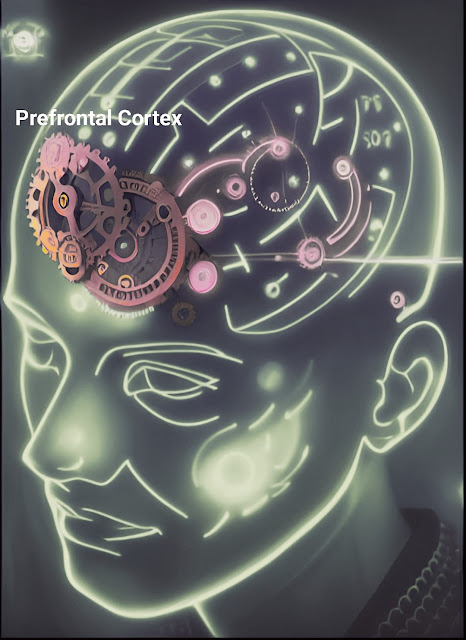The Ancient Origins of Yoga

The Ancient Origin of Yoga Yoga, an ancient practice that combines physical postures, breathing techniques, and meditation, has captivated the hearts and minds of people worldwide. Its origins can be traced back a few thousand years, rooted in the spiritual and cultural heritage of India. The Birth of Yoga - The birth of yoga is shrouded in the mists of time, making it challenging to pinpoint an exact date or individual responsible for its inception. Yoga's origins can be traced back to the Indus Valley Civilization, one of the world's oldest known civilizations, which existed around 3300 to 1300 BCE. Archaeological findings from this period reveal seals depicting yoga-like postures, suggesting that yoga has ancient roots. The Rigveda, one of the oldest sacred texts of India, contains references to yoga practices, hinting at its existence around 1500 BCE. However, the systematic codification of yoga as a comprehensive ph...




